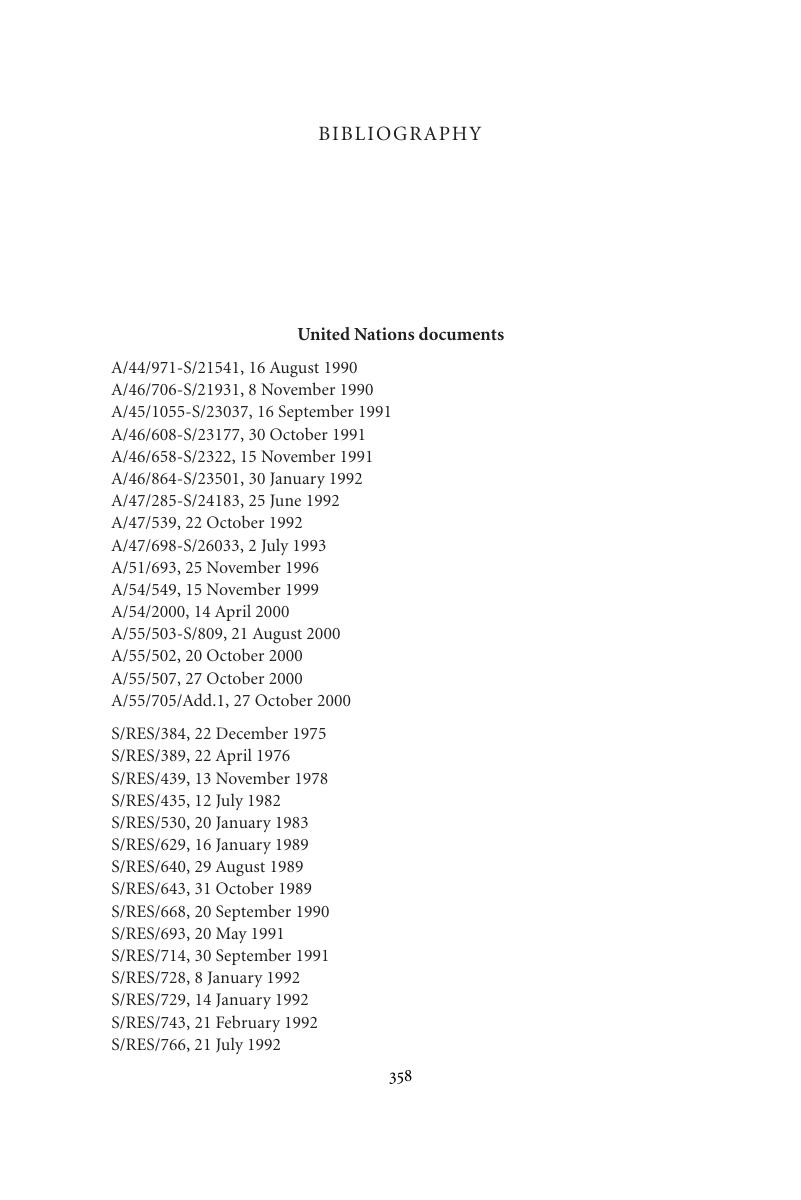Book contents
- Frontmatter
- Contents
- List of tables and appendices
- List of acronyms
- Acknowledgments
- 1 Introduction: success, failure, and organizational learning in UN peacekeeping
- 2 The failures: Somalia, Rwanda, Angola, Bosnia
- 3 Namibia: the first major success
- 4 El Salvador: centrally propelled learning
- 5 Cambodia: organizational dysfunction, partial learning, and mixed success
- 6 Mozambique: learning to create consent
- 7 Eastern Slavonia: institution-building and the limited use of force
- 8 East Timor: the UN as state
- 9 The ongoing multidimensional peacekeeping operations
- 10 Conclusion: two levels of organizational learning
- Appendices
- Bibliography
- Index
- References
Bibliography
Published online by Cambridge University Press: 05 June 2012
- Frontmatter
- Contents
- List of tables and appendices
- List of acronyms
- Acknowledgments
- 1 Introduction: success, failure, and organizational learning in UN peacekeeping
- 2 The failures: Somalia, Rwanda, Angola, Bosnia
- 3 Namibia: the first major success
- 4 El Salvador: centrally propelled learning
- 5 Cambodia: organizational dysfunction, partial learning, and mixed success
- 6 Mozambique: learning to create consent
- 7 Eastern Slavonia: institution-building and the limited use of force
- 8 East Timor: the UN as state
- 9 The ongoing multidimensional peacekeeping operations
- 10 Conclusion: two levels of organizational learning
- Appendices
- Bibliography
- Index
- References
Summary

- Type
- Chapter
- Information
- UN Peacekeeping in Civil Wars , pp. 358 - 391Publisher: Cambridge University PressPrint publication year: 2007



